Affiliate links on Android Authority may earn us a commission. Learn more.
Xiaomi 13 Ultra review: A better camera phone than the Galaxy S23 Ultra?
Published onJune 17, 2023
What separates a good smartphone from one of the best phones money can buy? Often it’s as simple as a brilliant camera setup. This is especially true at the ultra-high-end of the market, where a sophisticated camera array is essential to command the big bucks, regardless of your brand of choice.
Xiaomi knows this all too well. Its super-premium Xiaomi 13 Ultra sports one of the most comprehensive camera setups ever squeezed into a handset. Let’s see if the phone has what it takes to beat the best in the business, not just as a top camera phone but as an all-around smartphone too.
Xiaomi 13 Ultra: Is it a phone? Is it a camera?
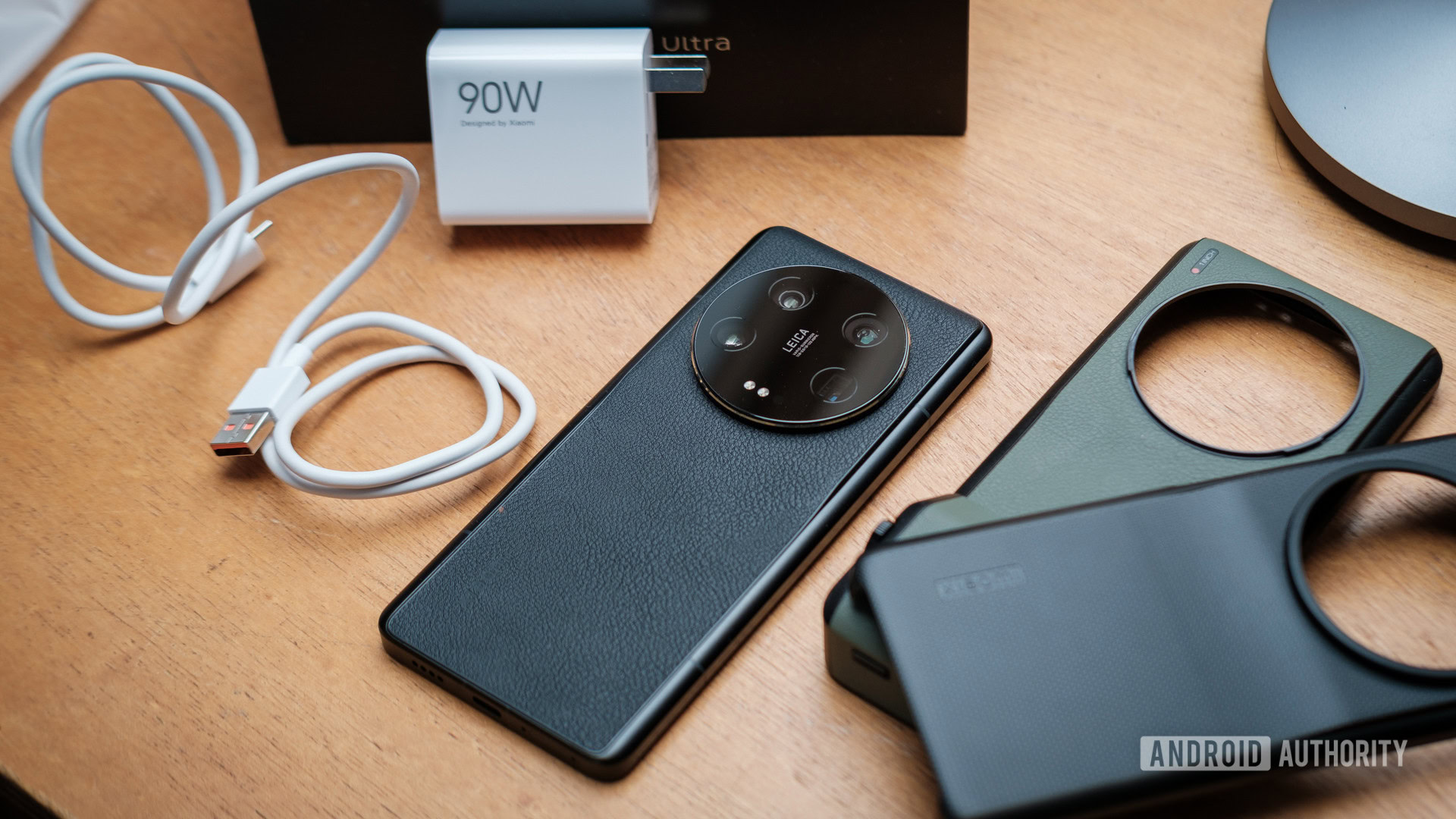
Let’s get right into the heart of the reason to buy the Ultra over the more reasonably priced Xiaomi 13 Pro in Xiaomi’s phone lineup; it’s all about the camera.
With four lenses onboard, the Ultra is clearly dressed to impress. But diving deeper into the spec sheet reveals some awe-inspiring capabilities. In fact, Xiaomi’s ultra-flagship looks impressive even when stacked up next to the mighty Samsung Galaxy S23 Ultra.
| Xiaomi 13 Ultra | Samsung Galaxy S23 Ultra | |
|---|---|---|
Main rear camera | Xiaomi 13 Ultra 50MP f/1.9 and f/4.0 switchable aperture 1-inch sensor 23mm focal length Multi-directional PDAF OIS | Samsung Galaxy S23 Ultra 200MP f/1.7 aperture 1/1.3-inch sensor 24mm focal length Multi-directional PDAF OIS |
Ultrawide rear camera | Xiaomi 13 Ultra 50MP f/1.8 aperture 1/2.51-inch sensor 12mm focal length (122-degree FoV) Dual-Pixel PDAF | Samsung Galaxy S23 Ultra 12MP f/2.2 aperture 1/2.55-inch sensor 13mm focal length (120-degree FoV) Dual-Pixel PDAF |
Telephoto camera 1 | Xiaomi 13 Ultra 50MP f/1.8 aperture 1/2.51-inch sensor 75mm focal length Dual-Pixel PDAF OIS 3.2x optical zoom | Samsung Galaxy S23 Ultra 10MP f/2.4 aperture 1/3.52-inch sensor 70mm focal length Dual-Pixel PDAF OIS 3x optical zoom |
Periscope camera 2 | Xiaomi 13 Ultra 50MP f/3.0 aperture 1/2.51-inch sensor 120mm focal length Dual-Pixel PDAF OIS 5x optical zoom | Samsung Galaxy S23 Ultra 10MP f/4.9 aperture 1/3.52-inch sensor 230mm focal length Dual-Pixel PDAF OIS 10x optical zoom |
Time of flight? | Xiaomi 13 Ultra TOF 3D depth | Samsung Galaxy S23 Ultra TOF 3D depth |
Selfie camera | Xiaomi 13 Ultra 32MP f/2.0 aperture 22mm focal length | Samsung Galaxy S23 Ultra 12MP f/2.2 aperture 26mm focal length Dual Pixel PDAF |
Not only does Xiaomi’s handset score a win in the resolution department, but its sensors are bigger and with wider apertures. The one-inch IMX989 primary sensor is the headline grabber, as it closes in on the sensor size and quality in a micro 4/3 camera. Plus, it comes with a switchable f/1.9 and f/4.0 aperture, allowing for superior subject focus or additional light capture when required. The Galaxy S23 Ultra’s 1/1.3-inch sensor is still big, its f/1.7 aperture is faster, and its 200MP count is higher, so this is certainly an interesting comparison.
However, Xiaomi’s use of 1/2.51-inch sensors and wide apertures across the ultrawide, 3.2x telephoto, and 5x periscope cameras should significantly improve the detail capture available from these lenses. While not as big as the OPPO Find X6 Pro’s choice of sensors, the entire camera array is larger than the S23 Ultra’s. Both internally and in terms of physical space occupied on the back of the phone.
The Samsung Galaxy S23 Ultra scores a point for its extended 10x periscope zoom capability. But with a narrow f/4.9 aperture and a tiny 1/3.52-inch sensor, I’m betting the Xiaomi 13 Ultra can offer similar image quality at that distance.
But why hypothesize when we can jump into some picture comparisons?
Xiaomi 13 Ultra camera review: Is it better than the Galaxy S23 Ultra?
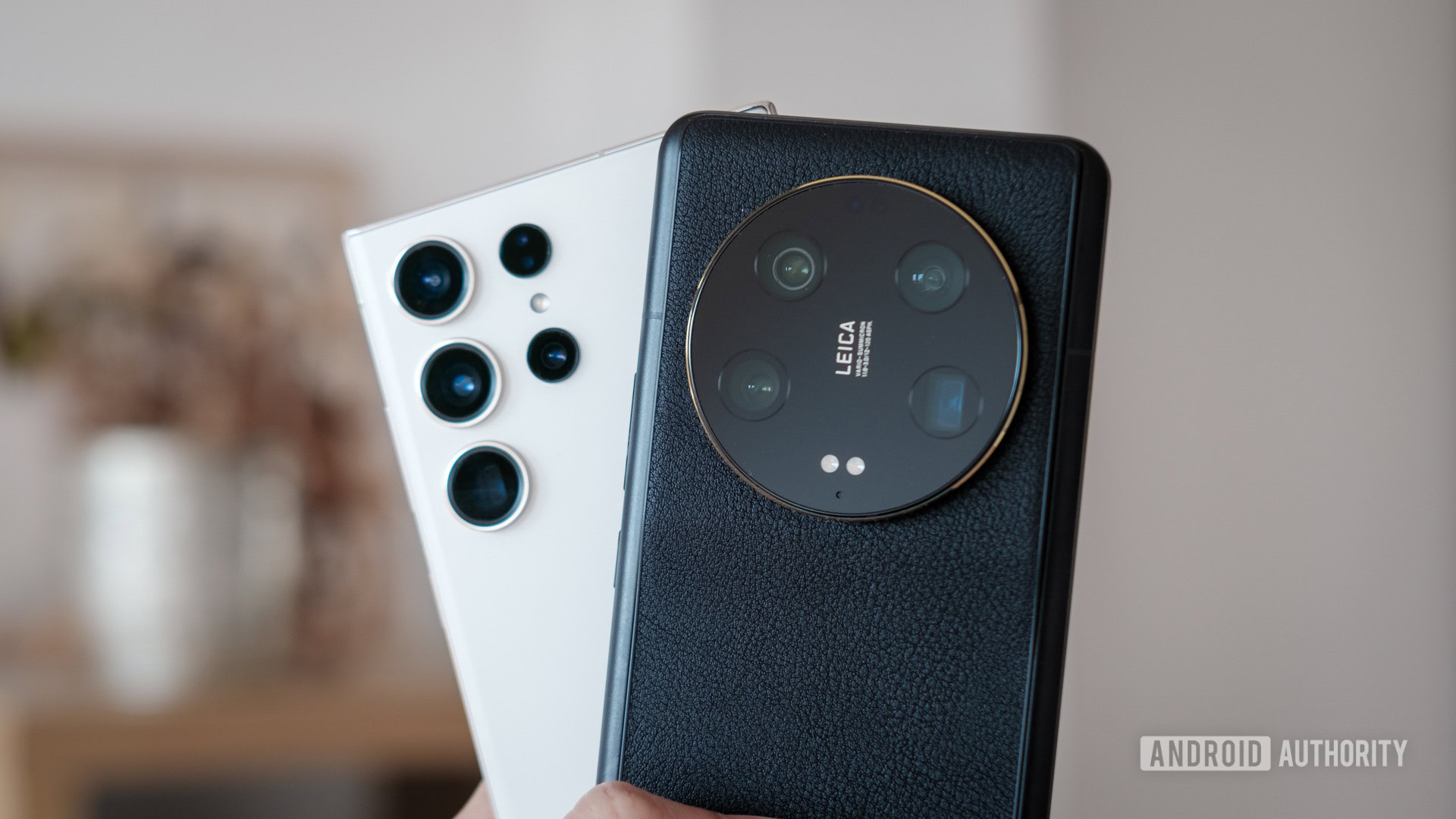
First, there’s a noticeable difference in color science between Samsung and Xiaomi, who partnered with Leica here. I have a clear preference, but it’s perhaps not as clear-cut as first impressions, as we’ll explore in a minute.
There isn’t a lot between the two with dimmer indoor lighting. The Galaxy S23 Ultra is a little brighter and offers more saturation, while the 13 Ultra’s primary camera has more contrast and depth. Outdoor, though, the color pallet and other differences become apparent. For instance, the Galaxy S23 Ultra has much sharper highlights, which can look quite jarring. The downside of Xiaomi’s processing is the artificial vignetting, which is fine for portraits but less good when you want even exposure across a broader subject.
Xiaomi's photography color profiles are a cut above.
Samsung’s pictures lean heavily into greens and blues, dialing up the saturation to produce vivid images. Xiaomi’s pictures are much warmer, enhancing oranges and yellows in the grass, but there is a slight purple tinting across the images too. Samsung’s white balance is more neutral on the whole, but Xiaomi’s colors are more realistic. As someone who loves Fuji colors, I find Xiaomi’s moodier, subdued look much more pleasing than Samsung’s Instagram-ready pop and punch.
If you want additional vibrancy, Xiaomi offers two color profiles — Leica Authentic and Leica Vivid. I stuck with Authentic because that’s the default option, but Vivid moves the camera closer to the punch provided by Samsung’s flagship. It’s certainly nice to have the choice within easy reach.
Eagle-eyed photographers may also have noticed that Samsung Galaxy S23 Ultra pictures included can look flatter and less dynamic. Oddly enough, that’s down to the brand’s potent HDR technology. The benefit is that you’ll never struggle for a correctly exposed subject. Still, the drawback is that shadow exposure is often elevated too much, resulting in less contrast and a duller, flatter image. See the below for some of the more extreme examples we captured.
This isn’t to say Xiaomi’s HDR capabilities are inadequate; far from it. You won’t have a problem with exposure in 99% of scenarios. In fact, the marginal benefit you get from Samsung’s background and foreground balancing act isn’t worth the lack of shadow depth you’ll find across many images. Still, this has repercussions for selfies and portraits, where a more even subject exposure is often desirable, particularly in tricky lighting. Samsung’s strong HDR effect reduces highlight clipping on faces in bright lighting, resulting in more even appearances. Otherwise, however, Xiaomi’s selfies are softer and a bit more natural looking, particularly when it comes to skin textures. Pros and cons, then.
Portrait mode on the rear cameras is more hit-and-miss for both phones. I can’t say I’m particularly thrilled with Xiaomi’s skin tones here; they’re a little too washed out, even for me. Samsung’s tones are a little better, but it’s harder on the skin texture sharpening and shadows, neither of which is desirable. Given that it offers far better details, the Xiaomi 13 Ultra is probably the winner for rear portraits, despite its issues. On the plus side, both phones have solid edge detection and nice looking bokeh blur. Again though, I lean towards Xiaomi for a more natural bokeh effect, particularly with the highlight circles seen in the first selfie.
With ultrawide snaps, the general themes as the primary cameras continue; punch for Samsung and a more subdued look for Xiaomi. The two phones do great jobs at matching the ultrawide color profile to the primary camera, albeit with some minor variations.
Both cameras fit a ton into their scenes, but the Xiaomi 13 Ultra has the most expansive field of view. This usually comes with trade-offs regarding chromatic aberration and distortion, but Xiaomi’s handset handles these issues better than the Galaxy S23 Ultra. The FoV is extreme, though. Neither ultrawide camera produces particularly detailed shots, even in broad daylight, but that’s beside the point of ultrawide cameras, and, thankfully, neither is too messy either. However, I give Xiaomi a nod for its softer processing here. The wider aperture assists in trickier lighting conditions too, but is more prone to lens flare.
Finally, to zoom. At the lower end of the spectrum, Xiaomi hands in slightly sharper results at 2x. However, there are some smudging artifacts that you won’t see on Samsung’s image, which is just marginally less detailed overall. There’s far less difference in detail at 3x and 3.2x — the phones’ optical telephoto points. The most significant differences are observed in their color profile rather than the level of sharpness or HDR capabilities. Samsung’s telephoto is less good at preserving color balance when switching on its telephoto lens.
5x swings widely into the Xiaomi 13 Ultra’s favor, as we’d expect, given its 5x periscope camera. Details are crisp and smooth, while Samsung’s phone is a blurry mess at this range. Interestingly, Samsung’s phone performs better at 7.5x, fusing data from the 10x periscope camera for better-looking details in the middle of the frame. However, the edge of the frame is still deficient in detail, and you can see focusing artifacts on foreground elements from the different camera perspectives.
Samsung claws itself back into the zoom race at 10x, offering finder details than Xiaomi’s digital upscaling can provide and a brighter exposure to boot. That said, you have to crop in very closely to see the fine differences, and the Xiaomi 13 Ultra is a competent shooter at 10x, thanks to its wide aperture and large image sensor. This comes in handy for lower-lit scenes are well.
Still, the Galaxy S23 Ultra has a much firmer advantage at 15x and 20x ranges. Another drawback of Xiaomi’s setup is the longer distance focus points and lack of fallback to digital zoom. You can’t take macro shots with the zoom cameras, as it doesn’t revert to software upscaling when it can’t focus its telephoto lenses. Samsung, by comparison, uses digital upscaling that doesn’t look great but ensures your zoom snaps are always in focus.
While there are some quite big differences between these smartphones, it’s tough to call one camera setup strictly better than the other. Samsung has the nudge at more extended ranges and selfies, but Xiaomi’s best hands in great zoom snaps and comes with extra options like color profiles and a variable aperture lens. I lean towards the Xiaomi 13 Ultra simply for that beautiful color pallet.
What about the Xiaomi 13 Ultra as a phone?
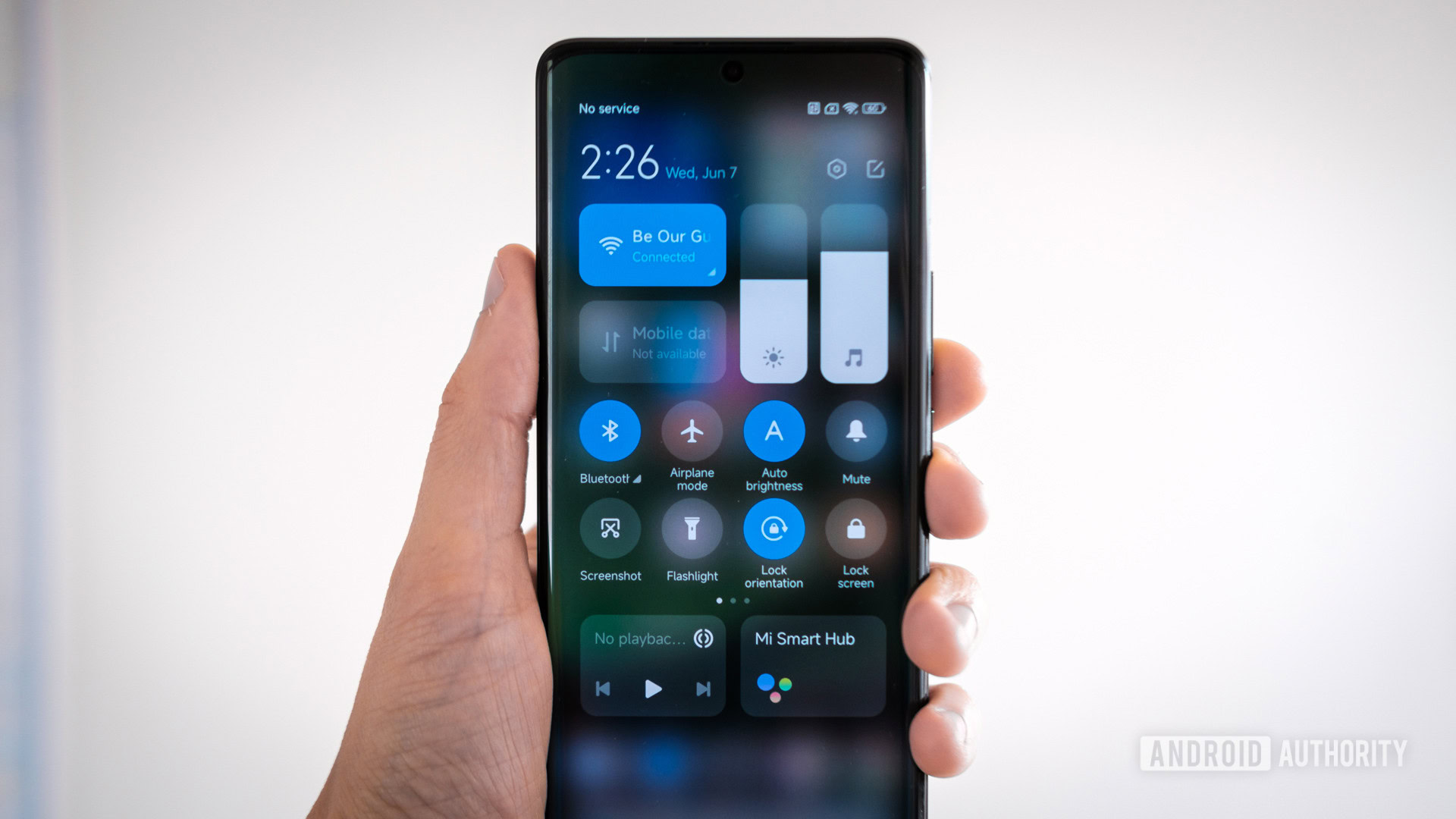
Ultra isn’t just a name; Xiaomi imbues its top-of-the-line flagship with some of the best hardware money can buy. The buttery smooth 120Hz LTPO AMOLED display looks stunning, for one. The screen is encased in Gorilla Glass Victus, while the back of the phone is covered in a luxurious eco-leather. It’s sublime to handle and is protected by an IP68 dust and water resistance rating too.
With a Snapdragon 8 Gen 2 processor and 16GB RAM onboard, performance is as robust as you like. The handset goes toe to toe with the best in the business. Combined with the silky smooth 120Hz 6.73-inch LTPO display, the everyday app experience is sublime, whether you’re casually browsing the web or powering through backdated emails. The phone is a rock for gaming too, with high frame rates locked in across COD Mobile, PUBG, and other games we tested.
Sustained performance is better than every Snapdragon 8 Gen 2 phone we’ve tested outside of dedicated gaming handsets. That’s a boon for those long gaming sessions. However, the Xiaomi 13 Ultra became exceedingly hot come the end of 3DMark’s Wildlife Stress Test. We recorded 45.4°C on the back, which is uncomfortable to handle. While the benchmark is more demanding than current titles, this is something to consider if you’re a serious gamer looking for a future-proof phone.
Running at full tilt, the Xiaomi 13 Ultra is a hot little number.
Charing is a similar speedy but hot topic. It’s been unusually hot and humid in the UK this week, and that appears to affect the Xiaomi 13 Ultra’s 90W charging capabilities. We couldn’t hit Xiaomi’s peak figure; in fact, the phone quickly throttled back from highs of 70W to a more sensible 25W of power in its default charging mode. But that’s less power than we recorded with the Samsung Galaxy S23 Ultra and notoriously iffy Google Pixel 7 Pro, reaffirming that these peak test-lab figures don’t reflect real-world charging performance.
As such, the Xiaomi 13 Ultra took 60 minutes to full in our test. That is pretty average for a 5,000mAh battery and much slower than Xiaomi’s 35-minute advertised charge time. Thankfully, hitting 25% from empty takes just 10 minutes, 50% takes 25 minutes, and 75% takes 40 minutes. You might have more luck in cooler climates, but it’s clear that heat is a bit of an issue here too.
If you don’t care about temperatures, flip the phone’s Boost charging speed toggle to on. This sustains about 75W of power for much longer, allowing the phone to hit full in just 32 minutes. You’ll reach 25% in five, 50% in 12, and 75% in 22 minutes, which is undeniably fast. However, the trade-off is peak battery temperatures of 46°C versus 39°C with the regular mode. There’s a reason Xiaomi disables this by default.
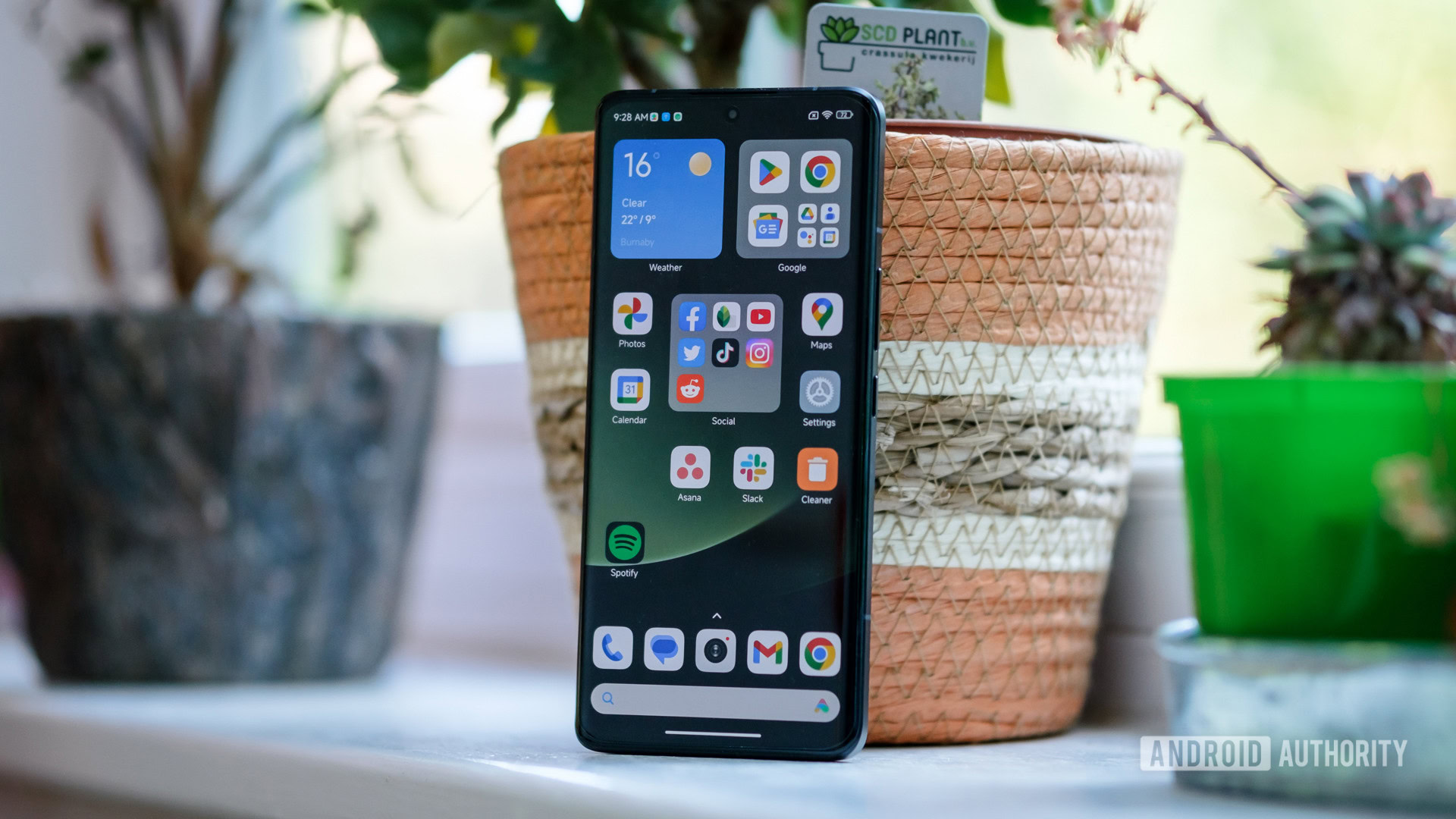
It’s harder to judge the phone regarding software, as the model in hand contains the Chinese edition of MIUI 14 with plenty of non-local apps installed. Still, MIUI 14 is on the bloated side of the Android skins spectrum. You’ll find folders, sub-folders, and widgets galore here. There are 101 features tucked into various settings menus, which can be easily missed. The experience could certainly be friendlier to first-time buyers.
Likewise, the quick settings and deeper settings menus riff heavily on the iOS aesthetic, such as the vertical brightness toggle, which is jarring when coming from another Android phone. I can live with it, but I can’t say I’m in love with it. MIUI is undeniably Xiaomi, but it’s also too messy to garner a distinct identity.
MIUI 14 is based on Android 13. In terms of longevity, the Xiaomi 13 Ultra will receive three years of Android version updates and four years of security patches. That’s decent, but not at the top of our software update policy list, especially at this sky-high price point.
Xiaomi 13 Ultra review: Should you buy it?
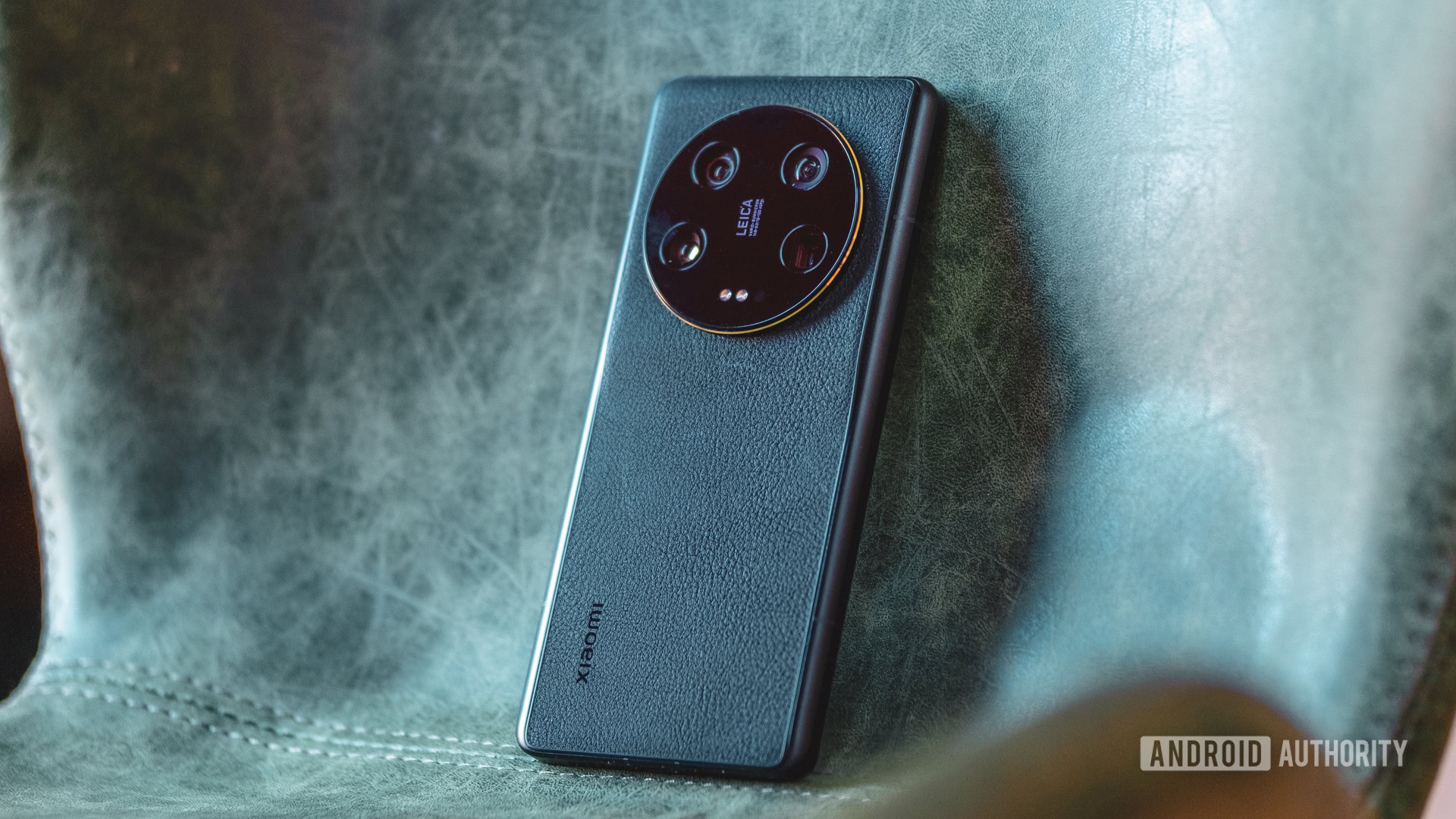
As we’ve highlighted throughout this article, the Samsung Galaxy S23 Ultra ($1199.99 at Samsung) is the obvious competitor to the Xiaomi 13 Ultra. With a global launch now underway, the entry-level Galaxy S23 Ultra is €100 cheaper than Xiaomi’s €1,499 (~$1,616) asking price. When spending this kind of money, the extra longevity of Samsung’s flagship makes it hard to argue against.
However, buying the equivalent 12GB/512GB option is more expensive at €1,579. With that in mind, customers willing to pay for ample storage, an extra-brilliant camera, and a more unique and luxurious design should definitely consider the Xiaomi 13 Ultra as solid value for money.
For those able to spend the money, the Xiaomi 13 Ultra offers something a little extra special.
Outside the Android ecosystem, the Apple iPhone 14 Pro Max ($999 at Amazon) also weighs in at this price. The camera setup isn’t as impressive, and charging is snail-paced by comparison, but there’s no arguing with the phone’s performance and design.
Of course, if you want a flagship Xiaomi experience but don’t want to spend Ultra money, don’t discount the brilliant Xiaomi 13 Pro (£1099.99 at Amazon) which is really worth a look too.


Xiaomi 13 Ultra specs
| Xiaomi 13 Ultra | |
|---|---|
Display | 6.73-inch LTPO AMOLED display 20:9 aspect ratio WQHD+ resolution (3,200 x 1,440) 120Hz adaptive refresh rate 1,300 nits high brightness mode 2,600 nits peak brightness |
Processor | Snapdragon 8 Gen 2 |
RAM | 12GB/16GB LPDDR5X |
Storage | 256/512GB/1TB UFS 4.0 No microSD card support |
Power | 5,000mAh battery 90W wired charging 50W wireless charging 90W charger included |
Cameras | REAR: - 50MP wide (f/1.9 or f/4.0, 1-inch IMX989 sensor) - 50MP ultrawide (f/1.8) - 50MP 3.2x telephoto (f/1.8) - 50MP 5x telephoto (f/3.0) FRONT: - 32MP wide (f/2.0) |
Software | Android 13 MIUI 14 |
IP rating | IP68 |
Weight & Dimensions | 163.2 x 74.6 x 9.1 mm 227g |